
Paracas: un coro de voces antiguas
On the shores of the Pacific, between deserts sculpted by the wind and a fecund sea generous with its gifts, lies Paracas, one of those places where nature and history are tightly bound. These lands were the crucible of the most impressive textile cultures of ancient America, and it was here that the first National Reserve of Perú was created fifty years ago.
By Alexa Carolina Chacón
Photos: Rommel Rosales
As you approach Paracas via theb yway that cuts through swathes of sand, your whole body vibrates with a strange sensation; simply cracking open the car window lets in a wind that carries a chorus of ancient,epicvoices.. It feels like a solid substance that has smell,, skin, and memory. It is the sea that rises like a wave of life ofthe wind; it is the prehistoric connection between the ocean and the mountain range t hat has refined thathas refined air, to this vibrant state; it is the piles of seaweed decomposing on the shore; it isthe plankton,, which at this latitude is a banquet for any link in the trophic chain; it is the guano, the excrement of the thousands of seabirds that nest on these islands and points,, the lifeblood, the offering of fertility to the crops, that miraculously grow in the aridness of the Peruvian seacost..
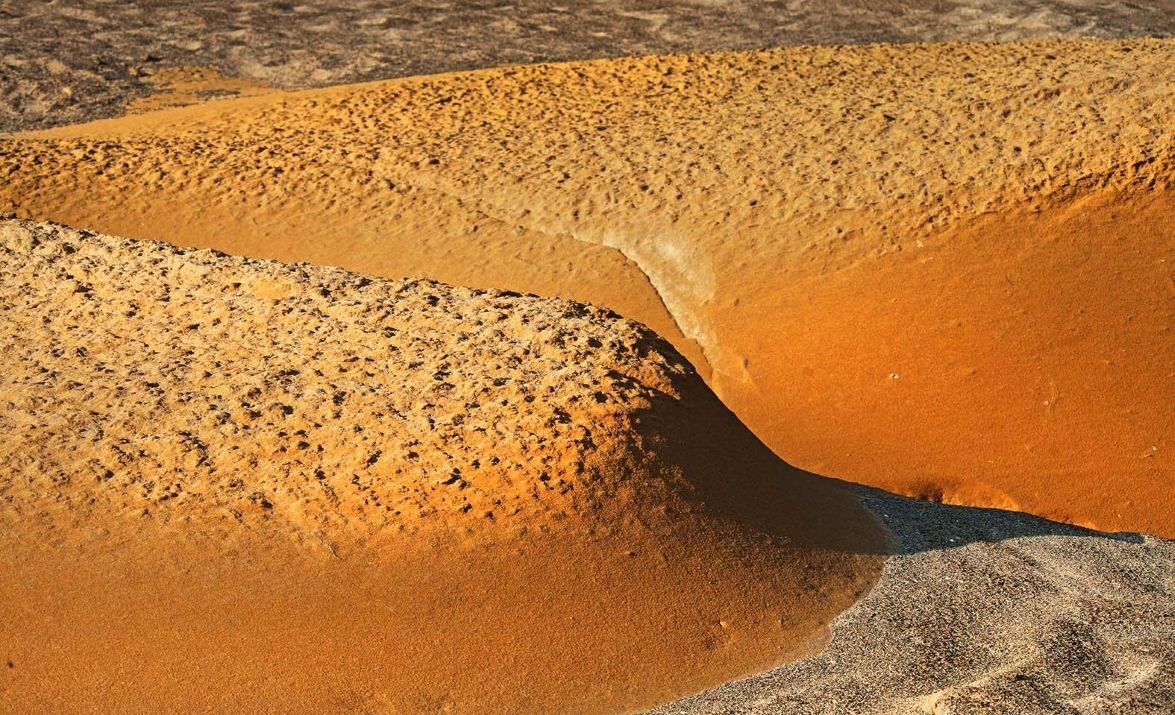
The Paracas National Reserve is one of the driest parts of Perú and the world.
Paracas is a symphony of life and liberty, colors and shapes, sounds and textures, and histories and by-gone eras.
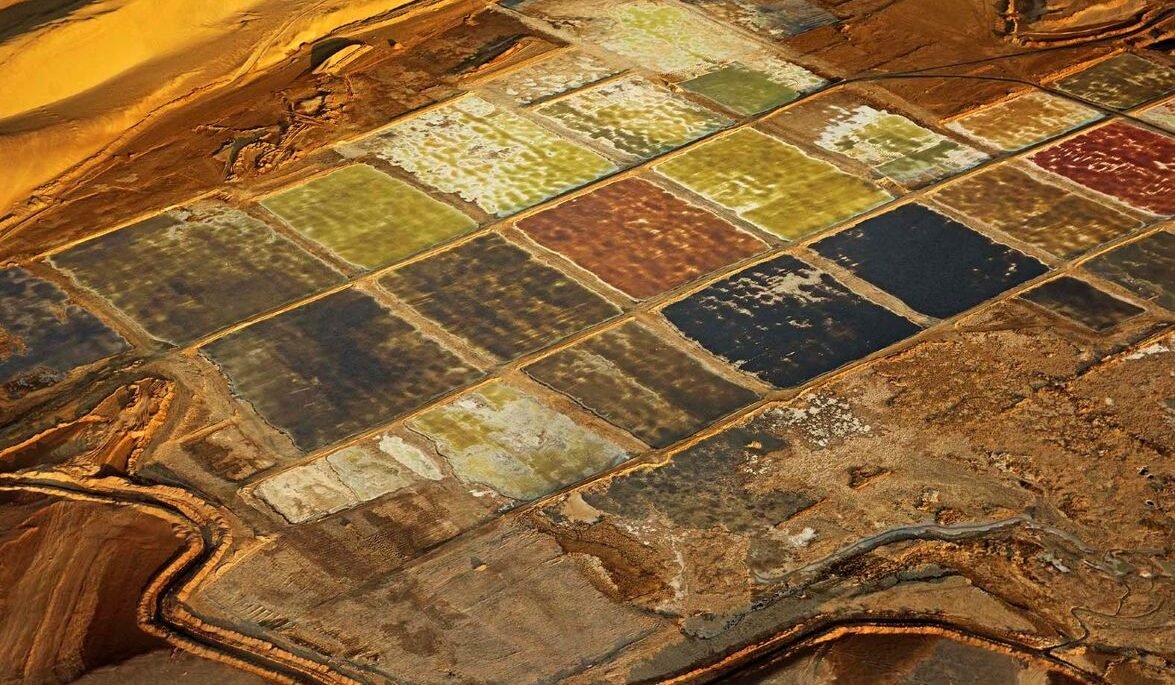
We have arrived. The wind freshens as soon as the sun begins to warm. T he light seems to emanate from the desert itself, a desert-prism that throws colors on the dunes and soft hillocks of sand, while revealing the dramatic black and violet lines on the steep rugged foothills of this expanse that is as
enigmatic as it is fragil. Each hour of the day has its own palette, rhythm, and fragrance. .
Paracas was declared a National Reserve in 1975 to protect a very special eco-system: the convergence of one of the planet’s most arid deserts and one of its richest oceans.
The Paracas National Reserve is one of the driest parts of Perú and the world. W would there be such an arid spot so close to the ocean, and in the subtropics?The answer lies in the powerful combination of natural factors that make this coastal desert unique. The Humboldt Current, a mass of cold water that likewise chills the air over the ocean, runs offshore from Paracas. As it grows colder, the air can no longer retain enough moisture to create rain clouds. . Thus, the sky is clear nearly year-round and there is virtually no rain.
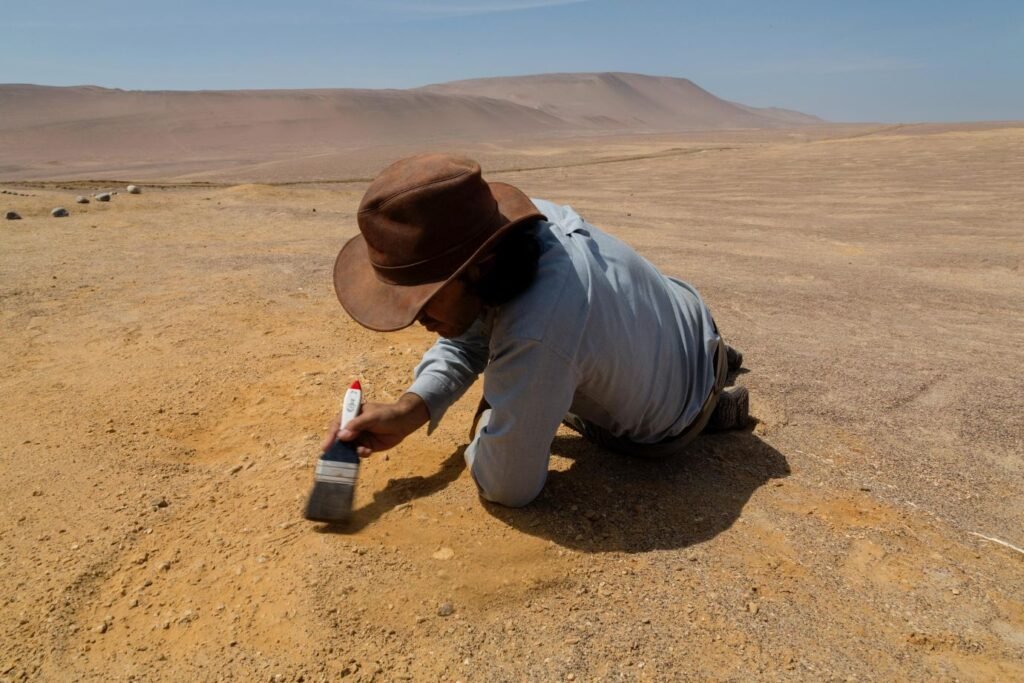
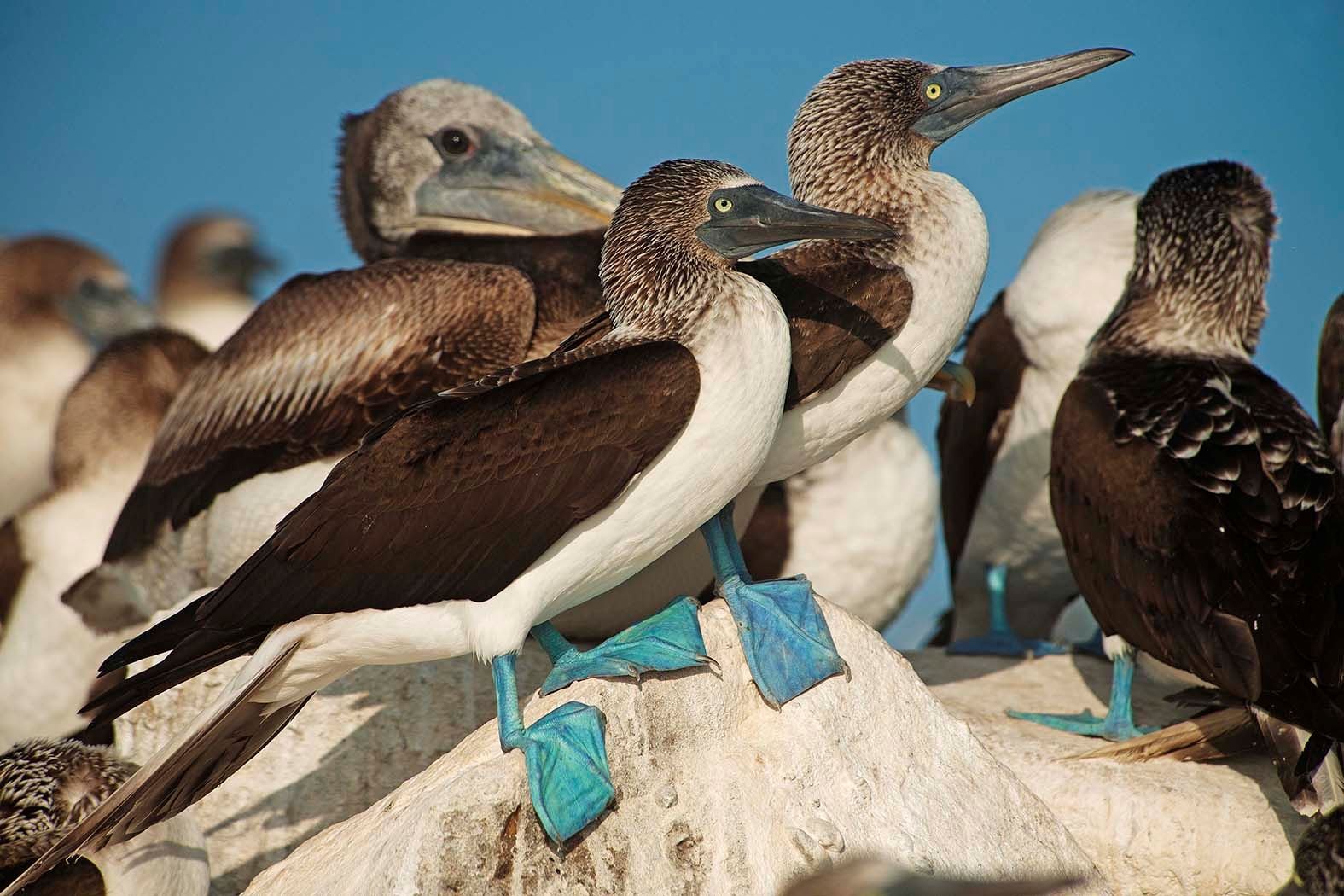
Then there is the wind, this “very local” wind that has even given its name to the place:“paracas”. The word describes strong gusts that blow from the southeast, carrying dust and salt residue.. These windssculpt the dunes and alsopromontories with a force thar seems imbued w ith time itselft. T hey do more than shape the landscape; they help keep the atmosphere dry and stable. There is yet another essential factor: the distance between the Andes mountain range and the sea. On this part of the Peruvian coast, the Andes sit far away (some 30 miles), leaving a broad corridor of lowlands that do not receive moisture from the sea —the mountains form a barrier to the fog or mountain rains. That open space allows the desert to unfurl to its full extent, turning Paracas into an immense landscape that feels like the surface of the moon. You’ll notice as soon as you set foot here.
These coffee plantations are as important to the protection and sustainability of the Canal watershed as the enormous logistical efforts involved in operating this giant work of engineering. This agroforestry system successfully creates permanent vegetation cover that protects the soil and water resources, while also contributing to carbon sequestration and the conservation of wooded areas, which are essential to biodiversity and the water cycle.
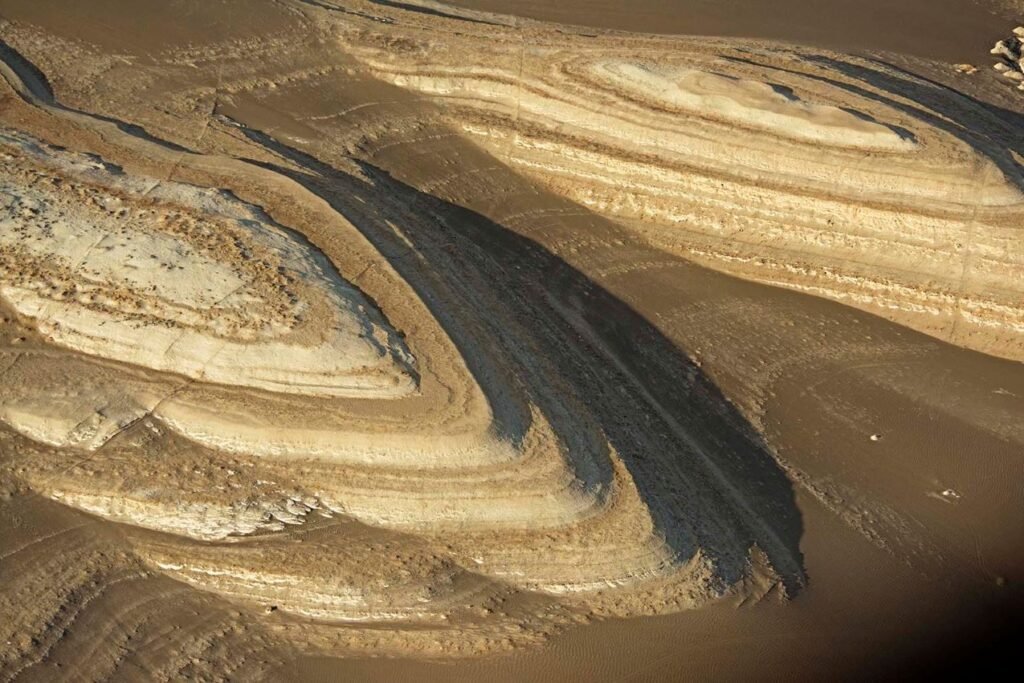
When frigid temperatures prevail, the sea becomes more fecund, supporting a highly productive food chain.

The soil, white and saline, holds the memory of ancient seas and species that were fossilized here.. The atmosphere is gritty with particles of salt residue that give the air a harsh tang and a smell that comes back to me every time I remember this region.. The landscape has not one but several distinct and striking configurations that leave you breathless and unable to tear your eyes away.. That blend gave birth to a national sanctuary of stunning marine diversity,, which is why Paracas was declared a National Reserve in 1975 to protect a very special eco-system: theconvergence of one of the planet’s most arid deserts and one of its richest oceans..
A few days ago, t he prestigious magazine named Paracas National Geographic named Paracas’s Playa Roja one of the seven natural wonders of South America. The website noted that its unusual reddish sand derived from the millennial erosion of igneous rock from Punta Santa María. This sand, consisting of pink granodiorite, forms part of an environment where the subtropical desert melds with the cold waters, that are so deeply entwined with the identity of coastal Peruvians.
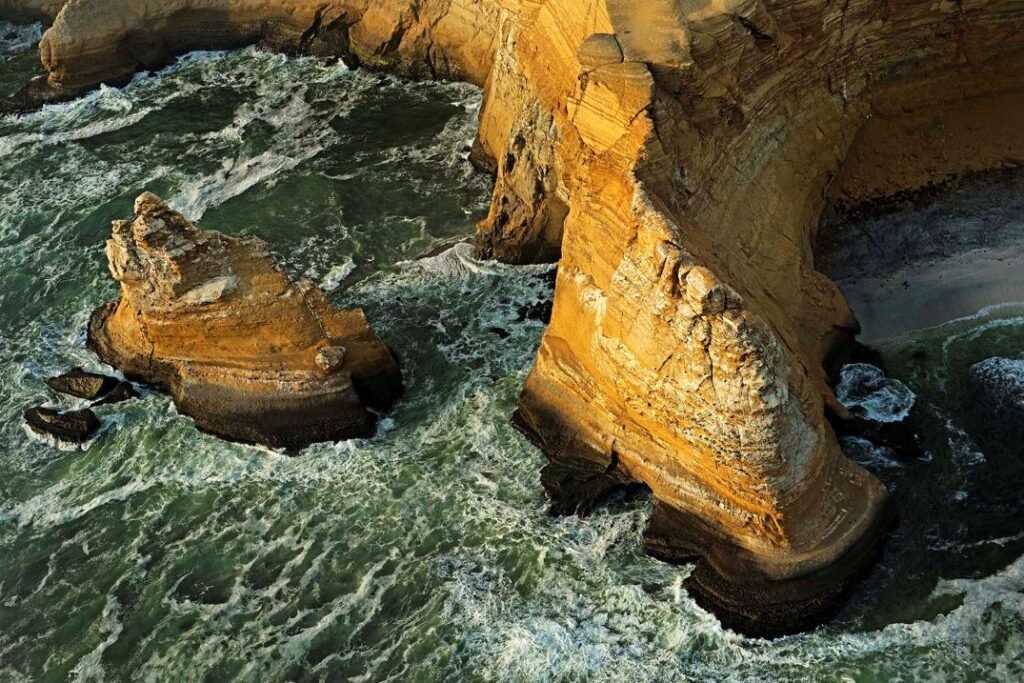
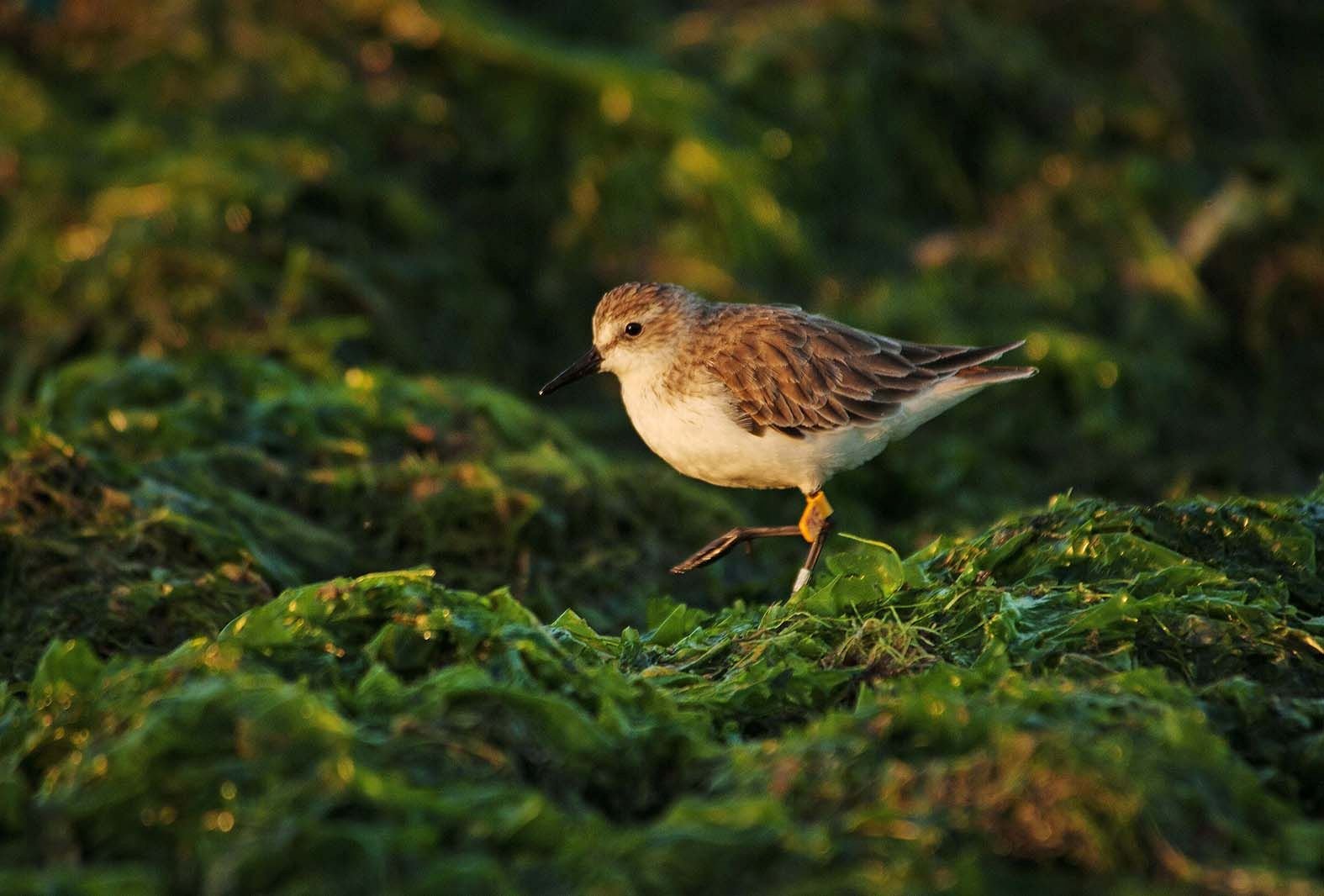
This year, Paracas celebrates a double anniversary: in addition to marking fifty years since the founding of the reserve,it is also commemorating one hundred years since the discovery of the Paracas culture byPeruvian archeologistJulio C. Tellowhose detective work led him to sumptuous funerary garments buried in the sand.. The Paracas culture flourishedbetween 700 BCE and 200 CE in an unforgiving environment. Gifted with many talents, the Paracas people were the great weavers of ancient Perú. The artistry of the cloaks and shrouds used to wrap the mummified dead touch the world with their complexity and extraordinary beauty.
Dawn Breaks in Yumaque. Part of me wishes to leave a fragment of myself on these shores: flakes of skin, a few bones, a verse from my soul, an offering of love and respect.
Helpful Information for Visiting Paracas
Location
• Paracas is located in the province of Pisco, in the Ica region of Perú’s southern coast, 162 miles south of Lima.
How to get there
- • By car: three and a half to four hours along the Panamericana Sur highway from Lima.
- • By bus: daily service from Lima (Cruz del Sur, Oltursa, PerúBus, etc.).
- • By air: private or charter flights to the airport in Pisco.
Climate
• Arid subtropical.
• Average annual temperature: 64 °F to 79 °F.
• Sunny year-round. No rainfall. Bring sunblock, a hat, and light clothing.
Best Time to Visit
- Year-round. Between December and April, the ocean is warmer, making it ideal for water sports
Main Attractions - Paracas National Reserve (828,000 acres of land and marine ecosystems).
- Islas Ballestas (marine fauna and guano birds).
- El Candelabro (geoglyph in the sand).
- Playa Roja, Playa La Mina, and Catedral.
- Julio C. Tello Site Museum.
- Sightseeing flights over the Nazca Lines from the airport in Pisco.
- Activities: kitesurf, paddle, windsurf, sailing, trekking, cycling and birdwatching.
Lodging and Services
- Hotels, ranging from inexpensive hostels hostels dto luxury seafront resorts.
- Restaurants with an emphasis on fish and seafood. Service offering tours and transportation at the resort.
Recommendations
• Bring a light coat for windy afternoons..
- Do not feed wild animals.
- Respect protected areas and obey the signs inside the reserve.
- Do not walk on unauthorized dunes; they are fragile, protected areas.
The Reserve
- Protected area: 828,000 acres (land and sea).
- There are 216 species of birds, 36 of mammals, 10 of reptiles, and 168 of fish.
- Sanctuary for marine guano birds: boobies, Inca terns, pelicans, seagulls, cormorants…
Paracas Culture
- Developed between 700 BCE and 200 CE.
- Known for its funerary cloaks, trepanation, ceramics, and subterranean architecture.

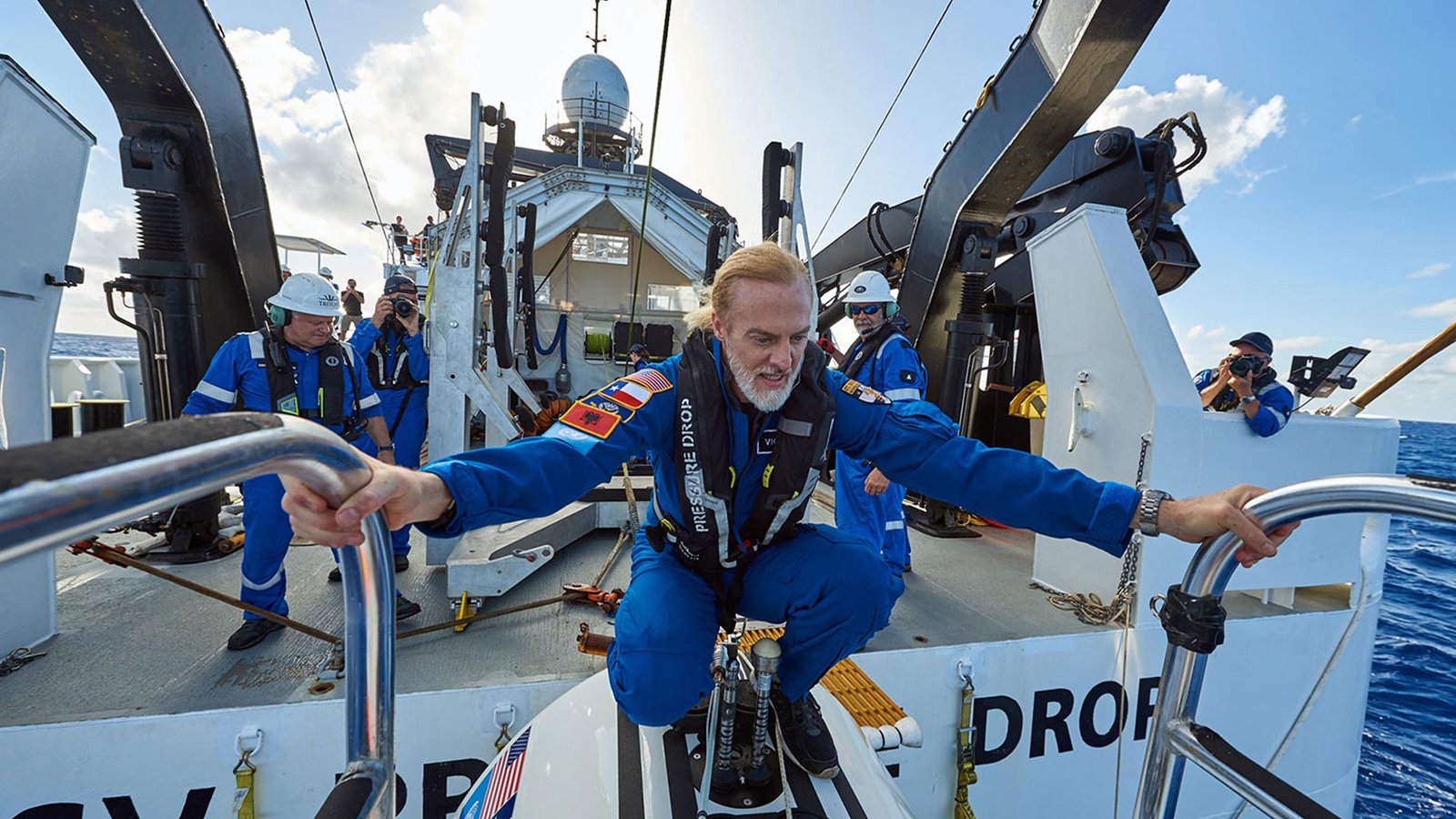


Leave a Reply